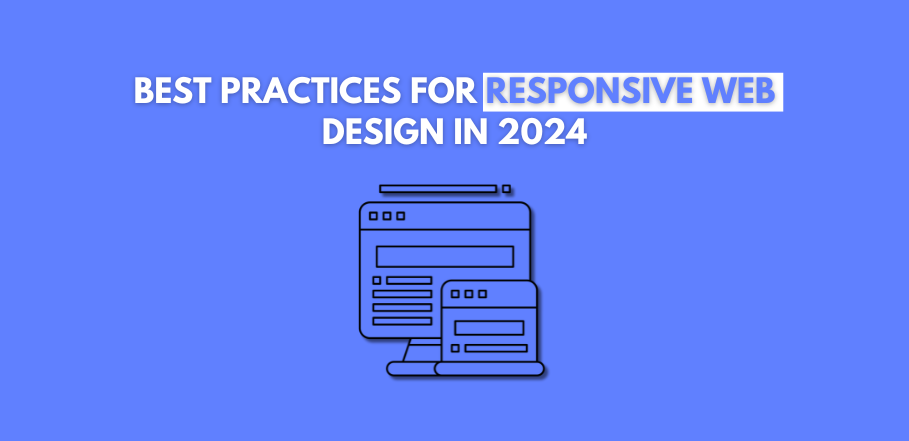
A Detailed Brief of Graphic Design
Graphic design is an essential element in building strong brands and creating visually compelling content that resonates with audiences. Understanding the fundamentals of graphic design, its key components, and how to leverage it effectively can significantly enhance your brand’s online presence. This detailed brief explores the essentials of graphic design, its benefits, and best practices for creating impactful visual content.
1. What is Graphic Design?
Graphic design is the art and practice of planning and projecting ideas and experiences with visual and textual content. It involves combining images, text, and other visual elements to communicate messages effectively. Graphic design is used in various mediums, including websites, advertisements, packaging, logos, and more.
2. Why is Graphic Design Important?
Graphic design plays a crucial role in many aspects of business and marketing:
- Brand Identity: Consistent and cohesive graphic design helps establish a strong brand identity and makes your brand easily recognizable.
- Communication: Visual elements can convey messages more effectively and quickly than text alone.
- Engagement: High-quality graphics can capture attention and engage audiences, leading to higher interaction rates.
- Professionalism: Well-designed graphics give your brand a professional look and build trust with your audience.
- Differentiation: Unique and creative design sets your brand apart from competitors.
3. Key Components of Graphic Design
Graphic design is a multifaceted discipline that includes several key components:
Typography
Typography involves the selection and arrangement of typefaces to make written language legible, readable, and visually appealing. Key considerations include:
- Font Selection: Choosing fonts that align with your brand identity and message.
- Hierarchy: Establishing a clear hierarchy to guide the reader’s eye through the content.
- Legibility: Ensuring text is easy to read on different devices and mediums.
Color Theory
Color theory involves the use of color to create visually harmonious and effective designs. Key elements include:
- Color Schemes: Selecting color combinations that complement each other and align with your brand.
- Contrast: Using contrast to highlight important elements and improve readability.
- Emotional Impact: Understanding the psychological effects of colors to evoke the desired emotions.
Layout and Composition
Layout and composition refer to the arrangement of visual elements on a page or screen. Key principles include:
- Balance: Achieving a balanced distribution of visual elements to create a harmonious design.
- Alignment: Aligning elements to create a cohesive and organized look.
- White Space: Using white space effectively to improve readability and focus attention on key elements.
Imagery and Icons
Imagery and icons play a significant role in graphic design by enhancing visual appeal and communication. Key aspects include:
- Photography: Using high-quality and relevant images that align with your brand message.
- Illustrations: Create custom illustrations to add a unique touch to your designs.
- Icons: Incorporating icons to simplify complex information and improve user experience.
4. Benefits of Graphic Design
Investing in high-quality graphic design offers numerous benefits:
- Enhanced Brand Recognition: Consistent and professional design helps build a recognizable brand.
- Improved Communication: Visual content can communicate complex ideas more effectively than text alone.
- Increased Engagement: Attractive graphics capture attention and encourage audience interaction.
- Higher Conversion Rates: Well-designed visuals can guide users through the customer journey and drive conversions.
- Competitive Advantage: Unique and creative designs set your brand apart from competitors.
5. Graphic Design Best Practices
To achieve optimal results with graphic design, businesses should follow these best practices:
- Understand Your Audience: Tailor your designs to resonate with your target audience’s preferences and needs.
- Maintain Consistency: Use consistent colors, fonts, and styles to create a cohesive brand identity.
- Prioritize Simplicity: Avoid clutter and focus on clear, simple designs that convey your message effectively.
- Invest in Quality: Use high-resolution images and professional design tools to create polished and professional graphics.
- Test and Iterate: Continuously test your designs and gather feedback to make improvements and ensure effectiveness.
6. The Future of Graphic Design
Graphic design continues to evolve, with new trends and technologies shaping its future. Key trends to watch include:
- Minimalism: Simplistic and clean designs that focus on essential elements are becoming increasingly popular.
- Motion Graphics: Animated graphics and videos are gaining traction as they can convey information more dynamically.
- Responsive Design: Ensuring designs look great on all devices and screen sizes is more important than ever.
- Augmented Reality (AR): AR technology is creating new opportunities for interactive and immersive designs.
- Sustainable Design: Eco-friendly and sustainable design practices are gaining importance as businesses focus on environmental responsibility.
Conclusion
Graphic design is a powerful tool for businesses looking to build strong brands and connect with their audiences. By understanding the key components of graphic design and implementing best practices, businesses can create visually compelling content that enhances their brand identity and drives engagement. At EZ Brand Builders, we specialize in helping businesses leverage the power of graphic design to achieve their marketing goals. By investing in high-quality design, businesses can build strong, recognizable brands that stand out in the competitive digital landscape.








